If you click on a link and make a purchase we may receive a small commission. Read our editorial policy.
Lynda Carter's right, Wonder Woman has always been queer
And she's got 80 years of subtext (and plenty of modern text) behind her
Lynda Carter, best known for playing Wonder Woman in the eponymous 1975 TV show, kicked off Pride Month this year by proclaiming that Wonder Woman is a queer and trans icon. As if you needed more reasons to love her.
The conversation, which has now hit mainstream news outlets like the Los Angeles Times, Salon, and NBC News, started with Carter tweeting "Happy Pride!" and sharing Paulina Ganucheau's beautiful variant cover for Wonder Woman #773, which came out last June.
Happy Pride! So excited to celebrate with all my LGBTQIA+ friends and fans 🏳️🌈 Art by Paulina Ganucheau for @DCComics ✨ pic.twitter.com/zpPKELsQkp
— Lynda Carter ☮️ (@RealLyndaCarter) June 1, 2022
This seemingly innocuous tweet sparked anger from some Twitter users, including one who declared that "Wonder Woman IS NOT A SUPER HERO FOR GAYS!" to which Carter cheerfully responded, "You're right. She's a superhero for bisexuals!"
Carter then proceeded to provide sources for Wonder Woman's canonical bisexuality, thanked her LGBTQIA+ fans for their support, and suggested LGBTQIA+ rights organizations to support, like the Audre Lorde Project and Trans Lifeline.
I didn't write Wonder Woman, but if you want to argue that she is somehow not a queer or trans icon, then you're not paying attention.
— Lynda Carter ☮️ (@RealLyndaCarter) June 1, 2022
Every time someone comes up to me and says that WW helped them while they were closeted, it reminds me how special the role is.
Now, at the end of the day, whether or not a character is a queer and trans icon isn't really up to the actor playing them, angry homophobes on Twitter, or even canon, but queer and trans fans. However, charging in to declare the rigid heterosexuality of Wonder Woman, of all characters, is pretty funny, because Carter is absolutely right— Diana is in fact canonically bisexual. She's also been subtextually queer for far longer than that.
Wonder Woman's queer origins
Wonder Woman was created by William Moulton Marston and Harry G. Peter in 1941, and inspired in part by Marston's wife, Elizabeth Holloway Marston, and their life partner, Olive Byrne. As detailed in Jill Lepore's book, The Secret History of Wonder Woman, Byrne lived with the Marstons for about 20 years, and each woman had two children by him. Whether or not Elizabeth Marston and Olive were also lovers is unknown (though they continued to live together after Marston's death in 1947 until Elizabeth's in 1993). However, both Marstons do seem to have shared a sexual relationship with their friend Marjorie Wilkes Huntley, who lived with the family from time to time and assisted with inking and lettering early Wonder Woman comics. And not for nothing, but Elizabeth Marston's favorite book all her adult life was a collection of poetry by Sappho. In fact, it was she was decreed that "Suffering Sappho!" should be one of Wonder Woman's catchphrases (which it is).
There's no indication that Marston himself was not heterosexual. However, Wonder Woman grew from a household that was distinctly queer, with significant influence from all three women in Marston's life, at least two of whom were not straight. Marstone was also very consciously using Wonder Woman to express his theories about female superiority and what he referred to as "loving submission," which is why early Wonder Woman comics are absolutely chock full of bondage. Many stories feature Diana sending a woman in need of some sort of change—villains needing reform, too-passive women needing confidence—to Paradise Island where they are taught the power of "loving submission" by the all-female population. That's…you know. Not super straight.
Neither the queerness or the kinkiness of early Wonder Woman was missed by contemporary readers. Again according to Lepore's book, many discussions were had behind the scenes at DC about whether and how to rein them in, which Marston strenuously fought against. After his death in 1947, Wonder Woman instantly became more docile and doggedly marriage-minded when it came to her recurring love interest, Steve Trevor. But even this sadly tamed version of Diana was cause for alarm in the conservative ‘50s, as she was famously accused of being a lesbian by psychiatrist Fredric Wertham in his 1954 book about the dangers comic books posed to young people, Seduction of the Innocent. She didn't even need to be tying girls up anymore; the fact that she was strong and independent was enough to make her dangerously queer.
Making the subtext text
The queerness of the Wonder Woman franchise receded to more veiled subtext until the past decade or so, although it was never that veiled—after all, her home remained an island of all women, so draw your own conclusions. The subtext finally started to become text in the 21st Century: a relationship between Diana's mother Queen Hippolyta and her general Philippus has been heavily suggested since 2001; as part of the 2011 New 52 reboot, Diana's best friend Etta Candy and the longstanding Wonder Woman villain Cheetah (Barbara Ann Minerva) were both reimagined as queer and in a relationship; and in 2015, Wonder Woman officiated at a same-sex wedding in Sensation Comics #48 by Jason Badower and Saida Temofonte, pointing out that "my country is all women. To us it's not ‘gay' marriage. It's just marriage."

Starting in 2016, the explicit queer rep in the Wonder Woman franchise really started to gain momentum. In Wonder Woman: Earth One by Grant Morrison and Yanick Paquette, Diana refers to long-running Wonder Woman supporting character Mala as her lover. Later that year, Wonder Woman writer Greg Rucka confirmed Diana's queerness in an interview with Comicosity. The relationship between Hippolyta and Philippus was confirmed as part of the 2016 Rebirth reboot, as was the canonical bisexuality of Wonder Woman supporting character Artemis of Bana-Mighdall. In the World War II-era DC Comics: Bombshells series, it was revealed that Diana's first kiss was with a girl (Mera, of Aquaman fame). Even the 2017 movie got in on the action, albeit obliquely, with Diana musing that "men are essential for procreation, but when it comes to pleasure, unnecessary."
The past year and a half have confirmed and introduced even more queer characters and relationships. In the main continuity, Nubia, the current queen of the Amazons, is in a relationship with fellow Amazon Io. In 2021 we met the new Wonder Girl, Yara Flor, who is bisexual, as well as the first trans Amazon, Bia, and the villain Blue Snowman was confirmed as genderfluid. Meanwhile over in the Dark Knights of Steel universe, Diana is in a relationship with Zala Jor-El, Superman's sister.
I mean this very genuinely and in the most positive and complimentary way possible: for at least the past two years, reading Wonder Woman comics has given me the impression that there is not a single heterosexual character in that cast, with the possible exception of Steve Trevor. Which is both—pun intended—wonderful, and completely logical given, oh, Wonder Woman's entire history and the people who created her.
Why Lynda Carter's tweets matter
So yes, Wonder Woman is very much a superhero for bisexuals, and everyone else who fits under the LGBTQIA+ rainbow. She has always been so, and now more than ever.
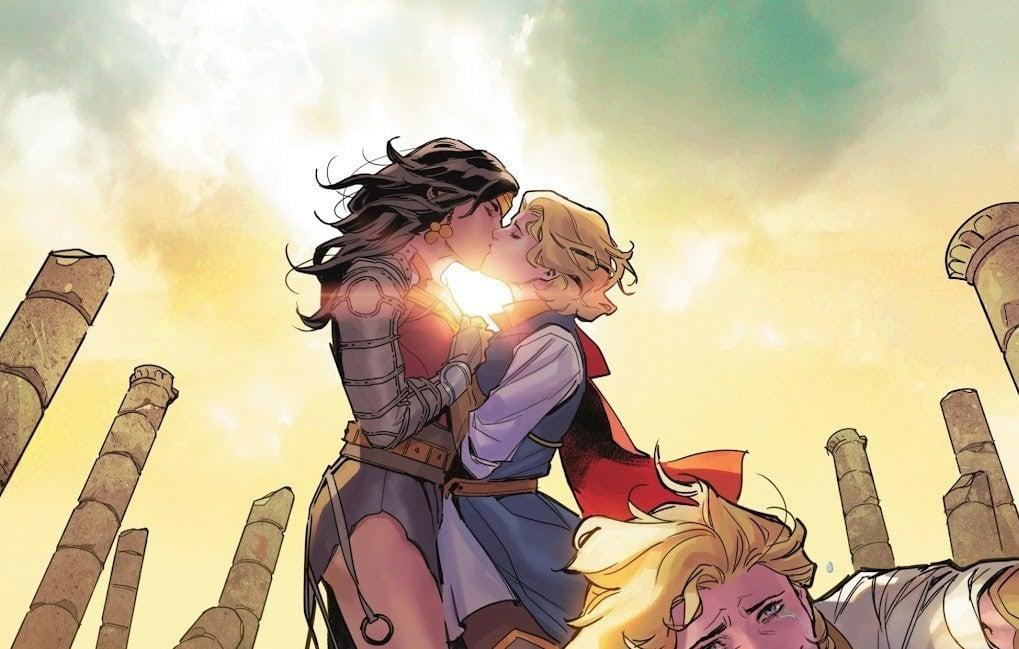
But part of what's so great about Carter's response to Twitter trolls is that she doesn't merely rely on canon to make her point. Though canon confirmation and representation are important, Carter doesn't just cite actual Wonder Woman writer Greg Rucka, or her own experience playing the character—she cites the queer and trans fans who have told her that Wonder Woman means something to them, because as I noted earlier, they're the ones who get to decide. Her response reminds me of the wonderful Mark Hamill quote about Luke Skywalker's sexuality, specifically in response to gay fans seeking support: "I'd say it is meant to be interpreted by the viewer...If you think Luke is gay, of course he is." Like Hamill, Carter understands that she is the steward of something bigger than she is, and she wields that responsibility with compassion.
I also love that she used the minor controversy to amplify LGBTQIA+ organizations doing crucial, lifesaving work, rather than letting bigots define the conversation. Scrolling through her Twitter reveals that she's also been celebrating and amplifying small, queer-owned businesses, fundraising campaigns, queer YA books, and trailblazing activists Sylvia Rivera and Marsha P. Johnson. (And National Doughnut Day. Truly, we stan a relatable queen.) Lynda Carter did not come to Twitter to do the celebrity version of rainbow-washing by tweeting out "Happy Pride!" and collecting likes. She came here to uplift.
So yes, Happy Pride indeed! Like Wonder Woman and her most iconic actress, let's use this month—and every month—to fight for love. And if you're not sure where to start, Lynda Carter's got some recommendations for you.
If you're interested in checking out more comics featuring queer superheroes, hop on over and read Popverse's guide to LGBTQ+ superhero comics.
Follow Popverse for upcoming event coverage and news
Find out how we conduct our review by reading our review policy
Let Popverse be your tour guide through the wilderness of pop culture
Sign in and let us help you find your new favorite thing.


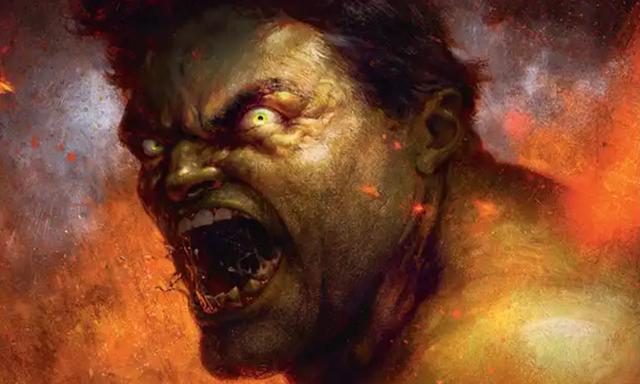
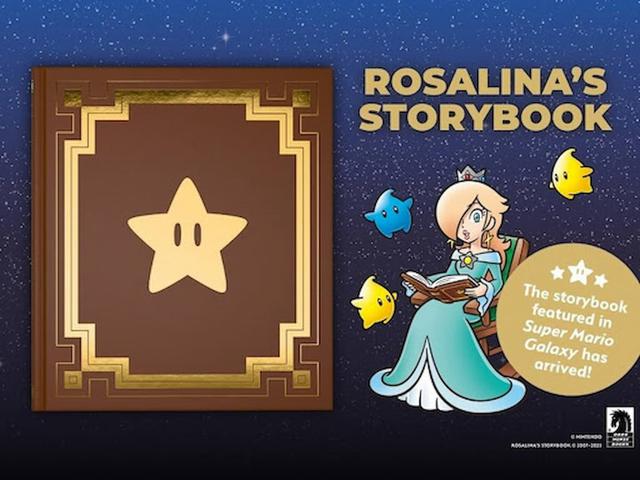

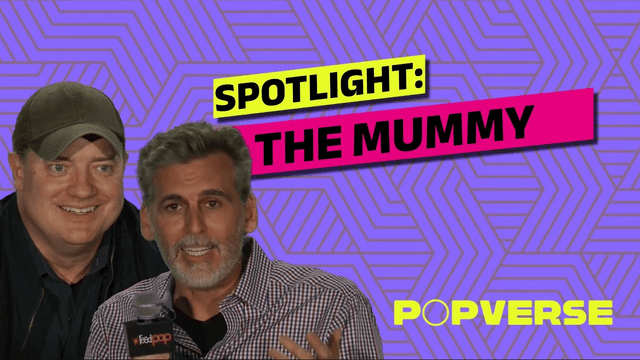
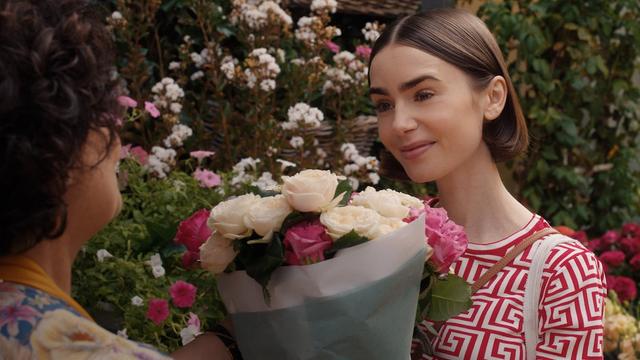
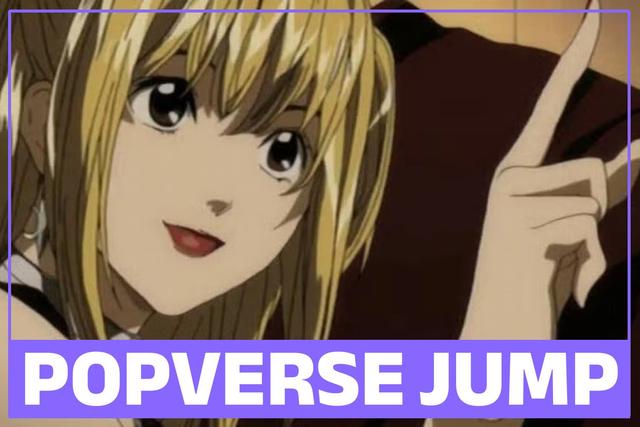
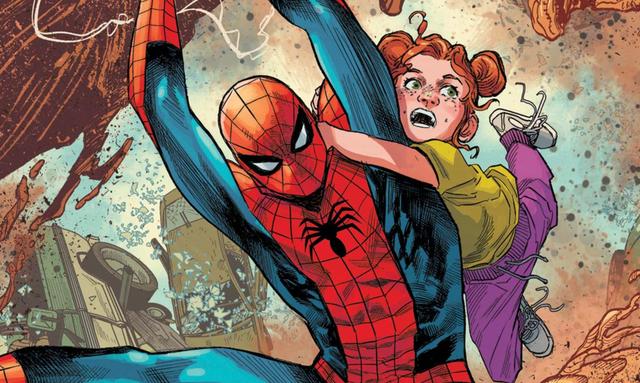







Comments
Want to join the discussion? Please activate your account first.
Visit Reedpop ID if you need to resend the confirmation email.